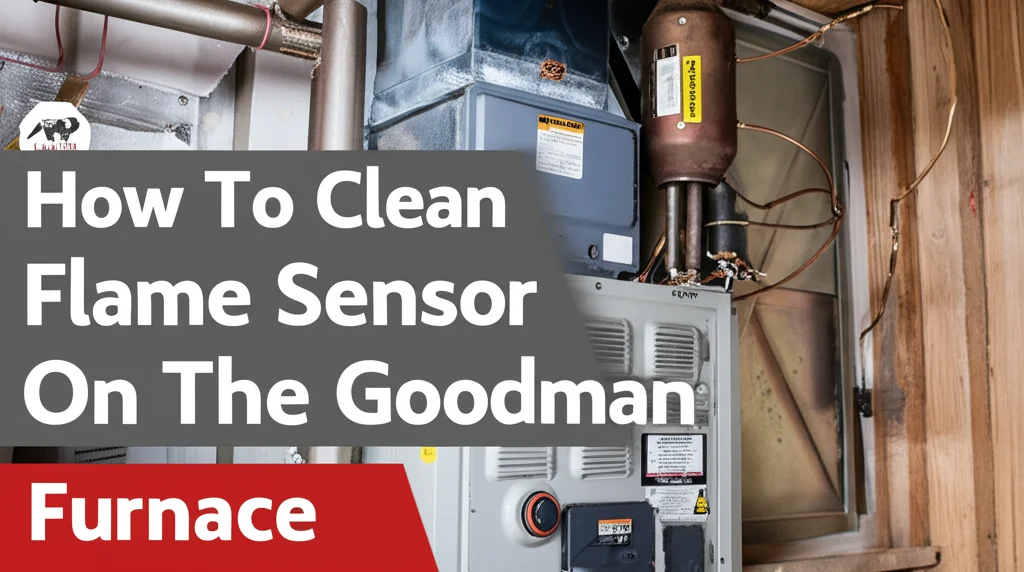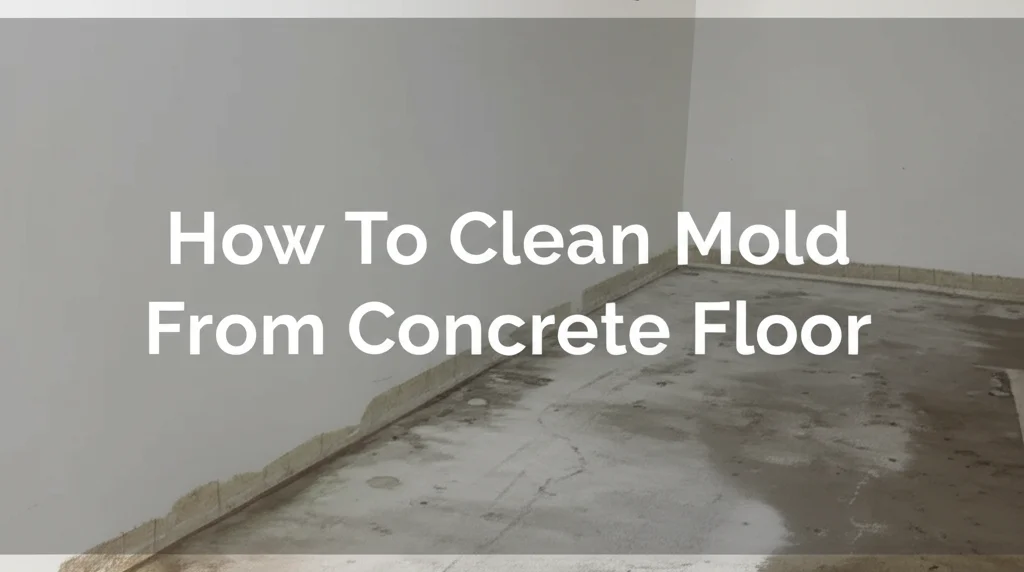· Home Improvement · 7 min read
How To Clean Clogged Pressure Washer Nozzle?

Revive Your Wash: How To Clean A Clogged Pressure Washer Nozzle
Have you noticed your pressure washer isn’t delivering the same powerful spray it used to? A clogged pressure washer nozzle is often the culprit. Don’t worry, restoring your washer’s performance is usually a simple fix! This article will guide you through several effective methods to clean a clogged pressure washer nozzle, getting you back to blasting away dirt and grime in no time. We’ll cover everything from quick fixes to more thorough cleaning techniques, ensuring you can tackle any blockage.
Takeaway:
- Regularly flush your nozzle after each use.
- Use a nozzle cleaning tool or thin wire for stubborn clogs.
- Soak the nozzle in vinegar or a descaling solution for tough buildup.
- Always disconnect the pressure washer before cleaning the nozzle.
What causes a pressure washer nozzle to clog?
A pressure washer nozzle can clog due to mineral deposits from hard water, debris like sand and dirt, or even mold and mildew. These obstructions restrict water flow, reducing the pressure and effectiveness of your cleaning.
Understanding Your Pressure Washer Nozzle
Before diving into cleaning, it’s helpful to understand the different types of pressure washer nozzles. Each nozzle creates a different spray pattern, and knowing yours will help you handle it correctly.
- 0-degree nozzle: This delivers a concentrated, pencil-thin stream for intense cleaning. It’s powerful but can damage surfaces.
- 15-degree nozzle: Creates a narrow, cone-shaped spray for more focused cleaning.
- 25-degree nozzle: Offers a wider spray pattern, suitable for general cleaning tasks.
- 40-degree nozzle: Provides a gentle, fan-shaped spray for delicate surfaces.
- Soap nozzle: Designed for applying detergent.
Different nozzles have different sized orifices, and some are more prone to clogging than others. Knowing your nozzle type will help you choose the best cleaning method. Regular maintenance, like rinsing after each use, can prevent buildup and keep your nozzles functioning optimally. You can find replacement nozzles easily online or at hardware stores if a nozzle is beyond repair. https://www.beacleaner.com/how-to-clean-vinyl-plank-flooring/ offers tips on maintaining other cleaning tools, too.
The Quick Flush: Initial Cleaning Steps
Sometimes, a simple flush is all you need to clear a minor clog. This is the first thing you should try. First, always disconnect the pressure washer from the power source and water supply. Safety first!
- Remove the nozzle: Carefully unscrew the nozzle from the wand.
- Inspect the opening: Look closely at the nozzle opening for any visible debris.
- Flush with water: Point the nozzle away from yourself and briefly turn on the water supply (without the pressure washer running) to flush out any loose particles.
- Reattach and test: Reattach the nozzle and briefly test the pressure washer to see if the clog is cleared.
This quick flush often dislodges loose debris and restores adequate water flow. If the clog persists, move on to more intensive cleaning methods. Remember, preventing clogs is easier than removing them, so rinsing your nozzle after each use is a great habit.
Using a Nozzle Cleaning Tool or Wire
For more stubborn clogs, a nozzle cleaning tool or a thin, stiff wire is your next best bet. These tools are designed to physically break up and remove obstructions.
- Choose your tool: Nozzle cleaning tools are readily available at hardware stores and online. A thin wire, like a paperclip or a piece of guitar string, can also work in a pinch.
- Insert and poke: Carefully insert the tool into the nozzle opening. Gently poke and twist to break up the clog. Avoid forcing the tool, as this could damage the nozzle.
- Flush again: After poking, flush the nozzle with water to remove the dislodged debris.
- Repeat if necessary: Repeat the process until water flows freely through the nozzle.
Be patient and persistent. It may take several attempts to fully clear the clog. Using a tool designed for this purpose is preferable to avoid damaging the delicate nozzle opening. Keeping your pressure washer in good condition is important, and that includes maintaining its accessories. https://www.beacleaner.com/how-to-clean-floor-grout-without-scrubbing/ provides similar maintenance tips for other household cleaning challenges.
The Vinegar Soak: Dissolving Mineral Deposits
Mineral deposits from hard water are a common cause of pressure washer nozzle clogs. Vinegar is a natural and effective solution for dissolving these deposits.
- Prepare the vinegar solution: Mix equal parts white vinegar and water in a small container.
- Soak the nozzle: Submerge the nozzle in the vinegar solution, ensuring the opening is fully immersed.
- Soak for several hours: Allow the nozzle to soak for at least 30 minutes, but preferably several hours or even overnight for stubborn buildup.
- Rinse and flush: After soaking, remove the nozzle and rinse it thoroughly with water. Flush with water under pressure to ensure all vinegar and loosened deposits are removed.
Vinegar’s acidity breaks down mineral deposits, making them easier to flush away. This method is particularly effective for nozzles that haven’t been cleaned in a while. Always rinse thoroughly after using vinegar to prevent corrosion.
Descaling Solutions: For Heavy Buildup
If vinegar doesn’t quite do the trick, a commercial descaling solution may be necessary. These solutions are specifically formulated to remove tough mineral deposits and scale.
- Choose a descaling solution: Select a descaling solution designed for pressure washers or general cleaning purposes.
- Follow the instructions: Carefully follow the manufacturer’s instructions for dilution and soaking time.
- Soak the nozzle: Submerge the nozzle in the descaling solution, ensuring the opening is fully immersed.
- Rinse and flush: After soaking, remove the nozzle and rinse it thoroughly with water. Flush with water under pressure to ensure all descaling solution and loosened deposits are removed.
Descaling solutions are more potent than vinegar, so handle them with care and wear appropriate protective gear, such as gloves and eye protection. Always read and follow the product label instructions. Maintaining your cleaning equipment is key to efficient cleaning. You might also find helpful tips on cleaning other areas of your home at https://www.beacleaner.com/how-to-remove-mold-from-painted-walls/.
Preventing Future Clogs: Maintenance Tips
Preventing clogs is always easier than dealing with them. Here are some simple maintenance tips to keep your pressure washer nozzles clean and functioning optimally:
- Flush after each use: Always flush the nozzle with water after each use to remove any lingering debris.
- Store properly: Store your pressure washer and nozzles in a clean, dry place.
- Use a water filter: Install a water filter on your water supply to remove sediment and debris before it reaches the pressure washer.
- Regularly inspect nozzles: Periodically inspect your nozzles for signs of buildup or damage.
- Consider nozzle rotation: If you use your pressure washer frequently, consider rotating between different nozzles to prevent excessive wear and tear on any single nozzle.
By following these simple tips, you can significantly reduce the risk of clogs and extend the life of your pressure washer nozzles. A little preventative maintenance goes a long way!
FAQ: Common Questions About Clogged Pressure Washer Nozzles
Q: Can I use a pin to clean my pressure washer nozzle?
A: While a pin might work for very small clogs, it’s generally not recommended. Pins can easily damage the delicate nozzle opening, making the problem worse. A nozzle cleaning tool or thin wire is a safer option.
Q: How often should I clean my pressure washer nozzles?
A: It depends on how often you use your pressure washer and the quality of your water. As a general rule, clean your nozzles after every few uses, or whenever you notice a decrease in pressure.
Q: What if I can’t remove the clog, even after trying these methods?
A: If you’ve tried all the methods above and the clog persists, the nozzle may be damaged beyond repair. In this case, it’s best to replace the nozzle.
Q: Is it normal for my pressure washer nozzle to lose pressure over time?
A: Yes, it’s normal for nozzles to experience a gradual decrease in pressure over time due to mineral buildup and wear and tear. Regular cleaning and maintenance can help minimize this effect.
Restore Your Pressure: Keep Your Nozzles Clear!
Cleaning a clogged pressure washer nozzle is often a straightforward process. By following the steps outlined in this article, you can restore your washer’s full cleaning power and tackle any dirty job with confidence. Remember to prioritize safety by disconnecting the power source before cleaning, and to practice preventative maintenance to keep your nozzles clear and functioning optimally. Don’t let a clogged nozzle slow you down – get back to blasting away dirt and grime today! For more cleaning tips and tricks, explore our other articles at https://www.beacleaner.com/.




